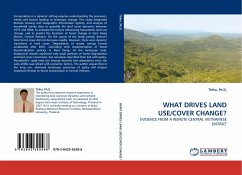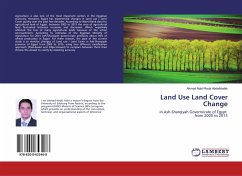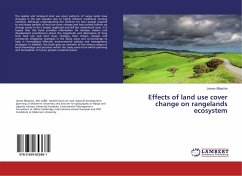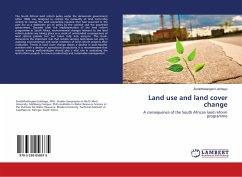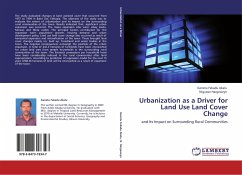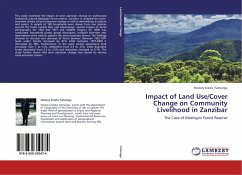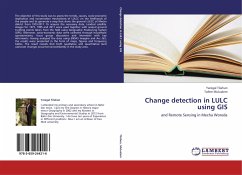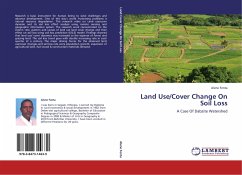Conservation in a dynamic setting requires understanding the processes, trends and factors leading to landscape change. This study integrated Remote Sensing and Geographic Information System, and analysis of household survey data to quantify the land cover dynamics between 1975 and 2004, to evaluate the factors influencing household's land use change, and to predict the locations of forest change in Nam Dong district, Central Vietnam. On the course of the study period, district's total forest cover did not decrease rapidly. However, there were dynamic transitions in land cover. Degradation of closed canopy forests accelerated after 2001, coinciding with implementation of forest decentralization policies in Nam Dong. At the landscape level, biophysical models explained only small portions of forest degradation and land cover conversion, but narratives described their link with policy. Household's rapid land use change towards tree plantations since the early 2000s was linked with economic factors. The author argues that in the long run, observed landscape outcomes of policy will impose important threats to forest conservation in Central Vietnam.

